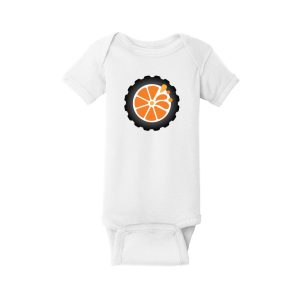
If you're looking to learn about engine coils, you've come to the right place. In this blog post, we'll discuss everything you need to know about engine coils - what they are, how they work, and why they're important. We'll also provide some tips on how to maintain your engine coils and keep them in good condition. So whether you're a car enthusiast or just starting out in the world of automotive maintenance, read on for all the information you need!
Engine coils are one of the most important components of your engine. They play a vital role in the ignition system, providing the spark that ignites the air-fuel mixture in the cylinders. Without engine coils, your engine wouldn't be able to run.
There are two types of engine coils: spark plug coils and distributorless ignition coils. Spark plug coils are located on top of the spark plugs, and they deliver the spark directly to the plugs. Distributorless ignition coils are located under the engine's valve cover, and they send the spark to the spark plugs through a series of wires.
Spark plug coils are more common in newer vehicles, while distributorless ignition coils are more common in older vehicles. However, both types of engine coils serve the same purpose - to provide the spark that ignites the air-fuel mixture in the cylinders.
Engine coils are made up of a primary winding and a secondary winding. The primary winding is made up of thick wire, and it carries low voltage current from the battery. The secondary winding is made up of thin wire, and it carries high voltage current from the primary winding. When the engine is running, the high voltage current passes through the spark plug, igniting the air-fuel mixture in the cylinders.
There are a few things you can do to maintain your engine coils and keep them in good condition. First, make sure to keep your engine clean. Engine coils can get dirty over time, and if they're not cleaned regularly, they can start to malfunction. Second, check your engine coils regularly for signs of wear and tear. If you notice any cracks or damage, replace the coil immediately. Finally, don't forget to change your engine's oil regularly. Dirty oil can damage engine coils, so it's important to keep your engine's oil clean and fresh.
a9io8k
x4no4b
7tz19d






